Are you considering a Jämthund breed dog as a pet? If so, you are in for a treat. This breed is known for its loyalty, intelligence, and athleticism. Originally bred for hunting large game such as moose and bear in the cold and harsh climate of Sweden, the Jämthund is a powerful and versatile dog that makes an excellent companion for the right owner. However, before you commit to bringing a Jämthund into your home, it’s important to understand their unique characteristics, needs, and temperament. In this article, we will explore everything you need to know about the Jämthund breed to help you make an informed decision.
Breed Category: Spitz-type
Country of Origin: Sweden
Average Size:57-65 cm (at the shoulder)
Average Weight:32-45 kg
Average Life Span: 12-15 years
Grooming Requirements: Moderate
Exercise Requirements:High
History and Origin
The Jämthund, also known as the Swedish Elkhound, is a breed of dog that originated in the northern regions of Sweden. This breed is known for its hunting abilities, particularly in tracking and hunting large game such as elk and bear. The Jämthund is a relatively new breed, with its origins dating back to the early 20th century.
The Jämthund is believed to have descended from ancient Scandinavian hunting dogs, which were used by the Vikings for hunting and guarding. These dogs were known for their strength, endurance, and loyalty, and were highly valued by the Vikings. Over time, these dogs were bred with other breeds, resulting in the development of the Jämthund.
The Jämthund was first recognized as a breed in Sweden in 1946, and was later recognized by the FCI (Fédération Cynologique Internationale) in 1966. Today, the Jämthund is still primarily used for hunting, but is also kept as a companion dog. This breed is known for its intelligence, loyalty, and affectionate nature, making it a popular choice for families.
The Jämthund is a medium to large-sized dog, with a muscular build and a thick, dense coat. The coat is typically gray or black, with white markings on the chest, feet, and tail. The Jämthund has a broad head, with a strong jaw and sharp teeth. The ears are erect and pointed, and the eyes are dark and expressive.
The Jämthund is a highly active breed, and requires plenty of exercise and mental stimulation. This breed is known for its stamina and endurance, and is capable of running for long distances without tiring. The Jämthund is also highly intelligent, and requires plenty of training and socialization from an early age.
In conclusion, the Jämthund is a fascinating breed of dog with a rich history and heritage. This breed is known for its hunting abilities, loyalty, and affectionate nature, and is a popular choice for families and hunters alike. Whether you are looking for a companion dog or a hunting partner, the Jämthund is a breed that is sure to impress.
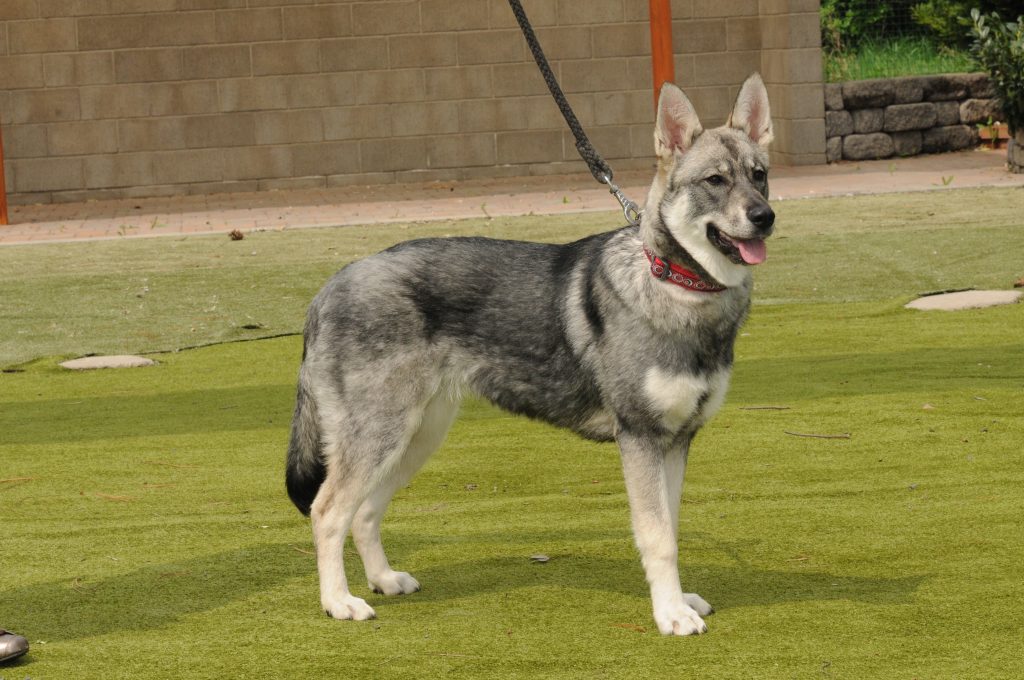
Size and Breed Category
The Jämthund is a large breed of dog that originated in Sweden. They are classified as a spitz-type dog and are known for their strength and endurance. Jämthunds are typically between 56-65 cm in height and weigh between 30-40 kg. They have a thick, double coat that is usually white or light grey in color. Their ears are erect and pointed, and their tails are long and bushy. Jämthunds are often used for hunting large game, such as moose and bear, due to their size and strength. They are also known for their loyalty and intelligence, making them excellent companions for those who enjoy outdoor activities.
In terms of breed category, the Jämthund is classified as a working dog. This means that they were originally bred for a specific purpose, such as hunting or herding. Working dogs are known for their intelligence, trainability, and physical abilities. They are often used for tasks such as search and rescue, police work, and as service animals. Jämthunds are particularly well-suited for hunting due to their size and strength, as well as their ability to work independently. They are also known for their endurance, which allows them to work for long periods of time without tiring. Overall, the Jämthund is a versatile and capable breed that excels in a variety of working roles.
Fur Length and Colour
The fur of the Jämthund is typically thick and dense, providing excellent insulation against the cold. The length of the fur can vary depending on the season, with a shorter coat in the summer months and a longer, thicker coat in the winter. The fur is usually straight and lies close to the body, with longer hair on the neck, chest, and tail. The Jämthund’s fur can come in a range of colours, including white, black, grey, and various shades of brown. Some dogs may have a combination of colours, such as black and white or brown and grey. The fur is often accented with darker markings on the face, ears, and legs, adding to the breed’s distinctive appearance.
The Jämthund’s fur is an important feature that helps the breed thrive in its native environment. The thick, insulating coat protects the dog from the harsh winter weather, while the shorter summer coat allows for better heat dissipation. The fur is also water-resistant, helping to keep the dog dry in wet conditions. The breed’s fur colour and pattern can vary widely, with some dogs having a solid colour and others having a more mottled or speckled appearance. Overall, the Jämthund’s fur is an essential part of its physical makeup, allowing it to adapt to a range of weather conditions and environments.
Termperament and Trainability
Jämthunds are known for their calm and even-tempered nature. They are not easily agitated and are generally very patient with children and other animals. They are also very loyal to their owners and will often follow them around wherever they go. However, they can be quite reserved with strangers and may take some time to warm up to new people. Jämthunds are also very intelligent and are quick learners. They are highly trainable and respond well to positive reinforcement techniques. They are also very adaptable and can be trained to perform a variety of tasks, including hunting, tracking, and obedience work. Overall, Jämthunds are a great choice for anyone looking for a loyal and trainable companion.
Jämthunds are a very active breed and require plenty of exercise to stay healthy and happy. They are natural hunters and love to run and play outdoors. They are also very social animals and enjoy spending time with their owners and other dogs. However, they can become bored and destructive if they do not receive enough exercise and mental stimulation. Jämthunds are also very independent and may be difficult to train if they do not respect their owner’s authority. It is important to establish a strong leadership role early on in their training to ensure that they are obedient and well-behaved. With proper training and socialization, Jämthunds can make excellent family pets and companions for active individuals or families.
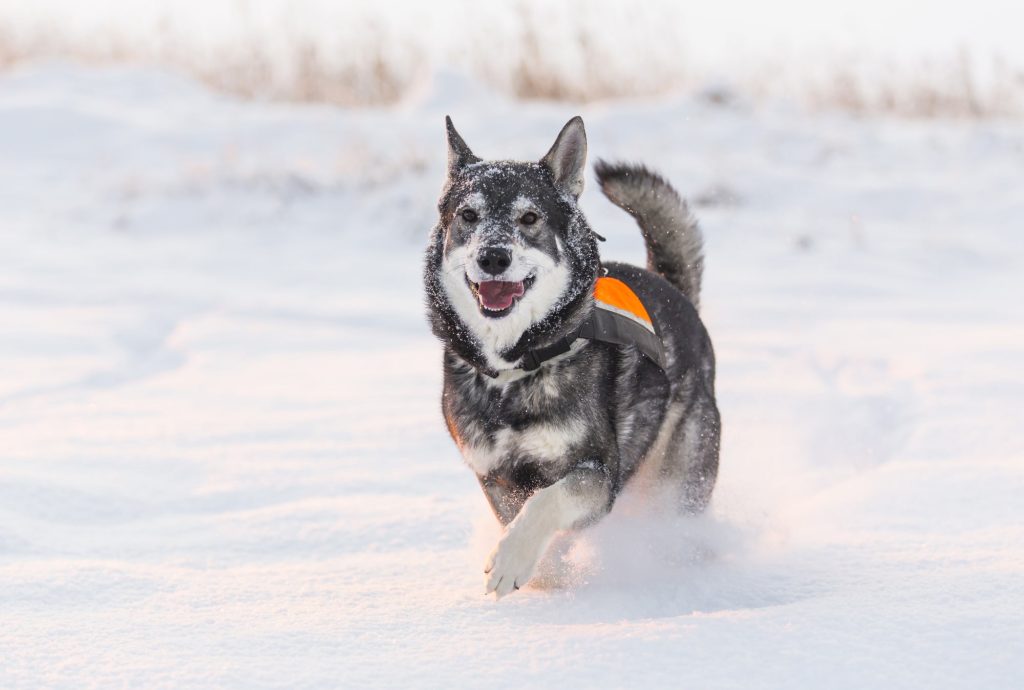
Known Health Conditions
Jämthunds are prone to certain health conditions that owners should be aware of. One of the most common issues is hip dysplasia, which is a genetic condition that affects the hip joint. This can cause pain, stiffness, and difficulty walking, and may require surgery to correct. Another condition that Jämthunds are susceptible to is elbow dysplasia, which is similar to hip dysplasia but affects the elbow joint. This can also cause pain and lameness, and may require surgery. Additionally, Jämthunds may be prone to eye problems such as cataracts and progressive retinal atrophy, which can lead to blindness. Regular check-ups with a veterinarian can help detect and manage these conditions.
Another health concern for Jämthunds is bloat, which is a life-threatening condition that occurs when the stomach fills with gas and twists on itself. This can cause a blockage of blood flow and lead to shock and organ damage. Jämthunds may be at higher risk for bloat due to their deep chests and large size. Other digestive issues that Jämthunds may experience include inflammatory bowel disease and pancreatitis, which can cause vomiting, diarrhea, and weight loss. Finally, Jämthunds may be prone to certain skin conditions such as allergies and hot spots, which can cause itching, redness, and hair loss. Proper nutrition, exercise, and regular grooming can help prevent and manage these health issues.

Openness to Strangers
Jämthunds are known for their friendly and welcoming nature towards strangers. They are a breed that is always eager to meet new people and make new friends. Their open and sociable personality makes them a popular choice for families and individuals who are looking for a loyal and affectionate companion. Jämthunds are also known for their intelligence and adaptability, which makes them easy to train and integrate into new environments. They are a breed that thrives on human interaction and enjoys being a part of the family.
Jämthunds are also known for their calm and gentle demeanor, which makes them a great choice for households with children. They are patient and tolerant with kids, and enjoy playing and spending time with them. Their friendly nature also makes them a great choice for households with other pets, as they are generally accepting of other animals and enjoy their company. Jämthunds are a breed that is well-suited to a variety of living situations, from apartments to large homes with yards. They are adaptable and easy-going, and are happy as long as they are with their family.
Playfulness Level
The Jämthund is a highly energetic and playful breed of dog. They are known for their love of play and their ability to keep their owners entertained for hours on end. Whether it’s playing fetch, chasing after a ball, or simply running around in the backyard, the Jämthund is always up for a good time. They are also highly social animals and love to interact with their owners and other dogs. This makes them an excellent choice for families with children or other pets.
Despite their playful nature, the Jämthund is also a highly intelligent breed of dog. They are quick learners and respond well to positive reinforcement training methods. This makes them an excellent choice for owners who are looking for a dog that is both fun-loving and easy to train. Additionally, the Jämthund is a highly adaptable breed of dog and can thrive in a variety of different environments. Whether you live in a small apartment or a large house with a big backyard, the Jämthund is sure to bring joy and laughter to your life.
Suitability as a Pet for Children
Jämthunds are known for their loyalty and affection towards their owners. They are highly intelligent and can be trained easily, making them a great choice for families with children. Their energetic nature means they require regular exercise, which can be a fun activity for children to participate in. Jämthunds are also protective of their family, making them a good watchdog. However, their strong prey drive means they may not be suitable for families with small pets. Overall, Jämthunds can make great pets for families with children who are willing to provide them with the exercise and training they need.
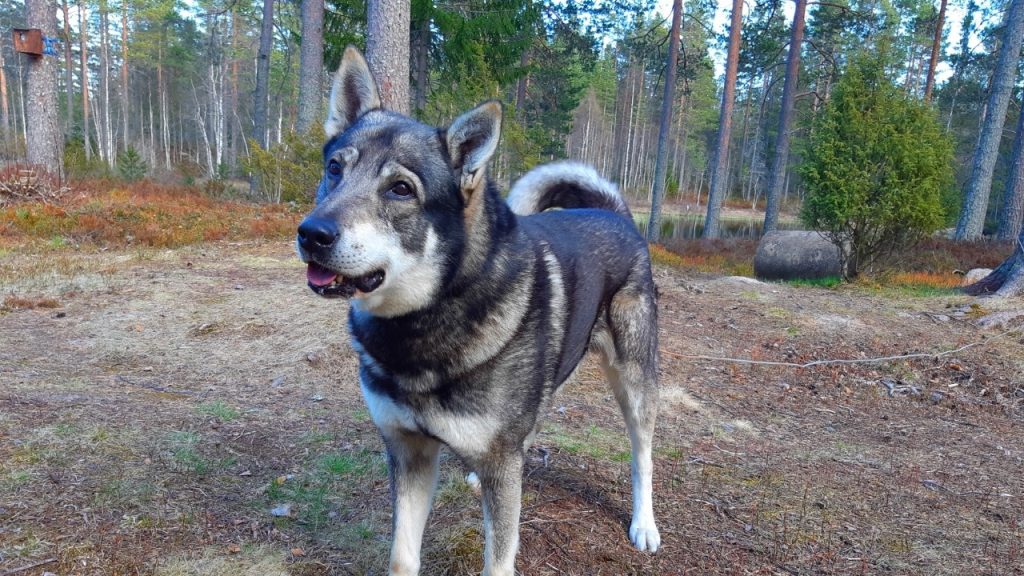
Exercise Needs
Jämthunds are highly active dogs that require a significant amount of exercise to maintain their physical and mental well-being. As a breed that was originally developed for hunting, they have a natural inclination towards running and exploring. Ideally, they should be given at least two hours of exercise every day, which can be achieved through a combination of walks, runs, and playtime. It is important to note that Jämthunds are not suitable for apartment living, as they require ample space to move around and expend their energy. Additionally, they thrive in environments that offer plenty of opportunities for exploration and adventure, such as hiking trails or large open fields.
In addition to physical exercise, Jämthunds also require mental stimulation to prevent boredom and destructive behavior. This can be achieved through activities such as obedience training, agility courses, and puzzle toys. As intelligent and independent dogs, they respond well to positive reinforcement training methods that encourage them to think and problem-solve. It is also important to provide them with plenty of socialization opportunities, as they can become anxious or aggressive if they are not properly socialized from a young age. Overall, Jämthunds are a breed that requires a dedicated and active owner who is willing to provide them with the exercise and mental stimulation they need to thrive.

Suitability for a Multi-Pet Family
Jämthunds have a reputation for being independent and strong-willed. They are known to be loyal to their owners and can be protective of their family. When it comes to other pets, Jämthunds can be unpredictable. Some may get along well with other animals, while others may be aggressive towards them. It is important to socialize Jämthunds with other pets from a young age to ensure they learn how to interact appropriately.
Housing Requirements
Jämthunds require a spacious and comfortable living environment that can accommodate their active and energetic nature. They need a home with a large yard or garden where they can run and play freely. The yard should be securely fenced to prevent them from escaping and getting lost. Jämthunds also need a warm and cozy indoor space where they can rest and sleep comfortably. The indoor space should be well-ventilated and free from any hazards that may harm them. Additionally, Jämthunds require regular exercise and mental stimulation to keep them healthy and happy. Therefore, their living environment should provide ample opportunities for physical and mental activities such as walks, runs, and interactive play sessions.
Jämthunds also require a balanced and nutritious diet to maintain their health and wellbeing. Their diet should consist of high-quality protein sources such as meat, fish, and eggs, as well as complex carbohydrates and healthy fats. They also need a sufficient amount of vitamins and minerals to support their immune system and overall health. Jämthunds should be fed according to their age, weight, and activity level, and their diet should be adjusted as needed to meet their changing nutritional needs. Additionally, Jämthunds require regular grooming to keep their coat clean and healthy. They should be brushed regularly to remove any loose hair and prevent matting, and their nails should be trimmed regularly to prevent overgrowth and discomfort.
Summary
Jämthunds make great pets for active families who enjoy spending time outdoors. They require regular exercise and mental stimulation to keep them happy and healthy. With proper training and socialization, they can be loyal and affectionate companions. However, they may not be suitable for households with small children or other pets, as they have a strong prey drive and may be aggressive towards smaller animals. It is important to research and understand the breed’s temperament and needs before bringing a Jämthund into your home.
Jämthund Dog FAQS
Jämthunds are intelligent and trainable, but can be stubborn at times. Consistent and positive training methods work best.
Jämthunds are protective of their family and can make good guard dogs, but they are not aggressive by nature.
Yes, Jämthunds are known to be good with children and make great family pets.
Jämthunds are generally healthy, but can be prone to hip dysplasia and eye problems. Regular vet check-ups are recommended.
Yes, Jämthunds have a thick double coat and shed moderately throughout the year.
Jämthunds can grow up to 65-75 cm (25-30 inches) in height and weigh between 32-45 kg (70-100 lbs).
Jämthunds have a lifespan of 10-12 years on average, but can live longer with proper care and nutrition.
Jämthunds require a high-quality diet and can eat between 2-4 cups of food per day, depending on their size and activity level.
Jämthunds are an active breed and require at least 1-2 hours of exercise daily.
Jämthund is a large breed of dog that originated in Sweden.
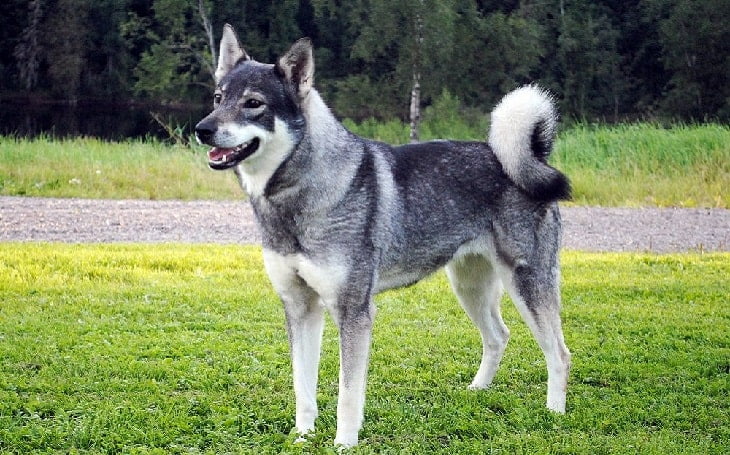
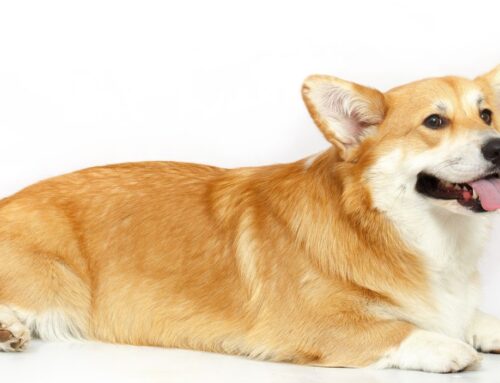

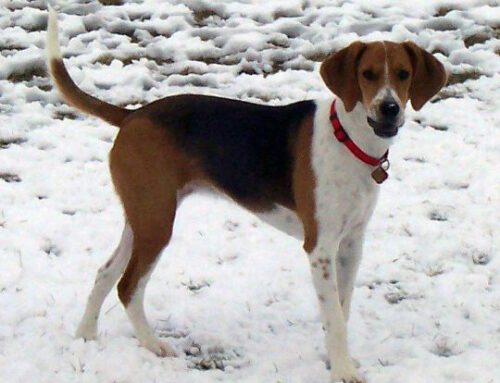
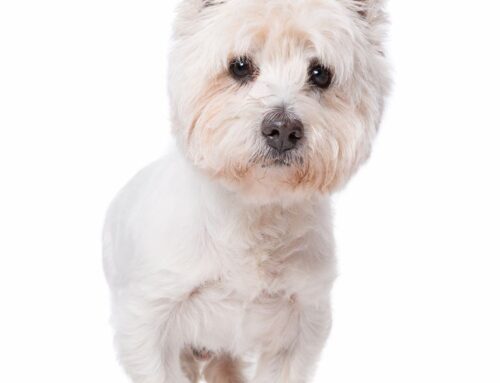

Leave A Comment